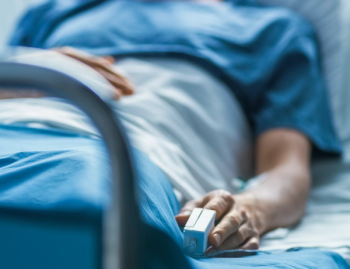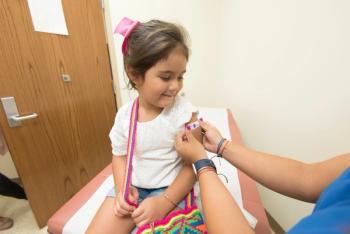
Unsafe Injection Practices and Reusable EEG Electrode Contamination Prevalent in Ambulatory Health Care Clinics
Get the scoop on presentations on these topics from ACPI 2018.
Capping off our coverage of the APIC 2018 conference, we look to safe injection practices and contamination of reusable electroencephalography (EEG) electrodes.
Safe Injection Practices: Opportunities for Improvement in Ambulatory Care
This presentation was led by 2 members of the Accreditation Association for Ambulatory Health Care, Inc (AAAHC) Institute for Quality Improvement and sought to address the nosocomial transmission of bloodborne pathogens such as hepatitis B and C as a result of unsafe injection practices. The investigators pointed to a 2017 national ambulatory safe injection practices (SIP)
The investigators found that adherence (ie, following national guidelines for safe injection practices) was 84% for the surgical organizations and 98% for primary care organizations. Interestingly the primary care organizations also performed better on appropriate medication storage and preparation, but not the disposal of single-use medications.
The results of this study highlight serious deficiencies across not only ambulatory surgical environments but also primary care settings, meaning that the problem is truly across the board. Training and ongoing risk assessments were highlighted as avenues for reducing these deficiencies; however, education on the foundational practices of continued SIP should also be provided. Given these findings, national SIP assessments should be performed.
Contamination of Reusable EEG Electrodes, A Multicenter Study
Investigators from the Cleveland Clinic discussed an all-too-familiar topic for infection preventionists in their presentation: contamination of reusable EEG cup-electrodes and lead wires (Reeg-CELW). These semi-critical devices are a vital medical tool; however, they are easily forgotten when it comes to reprocessing. To highlight this, the Cleveland Clinic investigators performed a multicenter prospective microbiologic evaluation of cleaned EEG electrodes across 4 epilepsy units to assess the effectiveness of the cleaning and storage methods that were performed.
The team collected 124 swabs from the electrodes which yielded some fascinating results. Sixty percent of the swabs had epithelial cells and 25% (31 swab samples) were found to have positive bacterial cultures. Eight different bacteria were identified, which were categorized by risk for health care-associated infection (no risk, potential risk, and at risk). The bacteria included “Staphylococcus epidermidis (n = 12 [38.7%]; at risk), Staphylococcus capitis subspecies ureolyticus (n = 1 [3.2%] at risk), Staphylococcus haemolyticus (n = 3 [9.6%]; at risk), Micrococcus species (n = 7 [22.6%]; potential risk), Acinetobactor lwoffii (n = 2 [6.5%]; potential risk), Staphylococcus hominis subspecies hominis (n = 2 [6.5%]; potential risk), Staphylococcus warneri (n = 2 [6.5%]; potential risk), and Bacillus species (n = 3 [9.6%]; no risk).” Even more fascinating was that of the 18 antibiotics tested on these positive bacteria cultures, resistant bacteria were found in a median of 1, which is 6.7% in terms of a resistant antibiotic rate. Thankfully, none of the identified bacteria were resistant to all the antibiotics tested against them in the analysis.
Overall, although 25% of these reusable electroencephalography cup-electrodes and lead wires were found to have bacteria, only 22.5% were bacteria that were potential or at risk for infection. Unfortunately, this study sheds light on the grim reality of microbial burden in reusable electroencephalography cup-electrodes and lead wires. The investigators focused on those tools that had been cleaned and were ready for patient use, which gives insight into what so many of us already suspected: cleaning of reusable medical equipment is often subpar and contamination is prevalent.
Newsletter
Stay ahead of emerging infectious disease threats with expert insights and breaking research. Subscribe now to get updates delivered straight to your inbox.

















































































































































































































































































